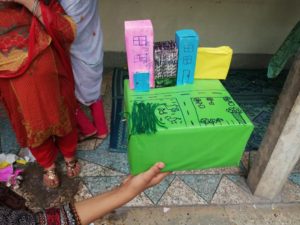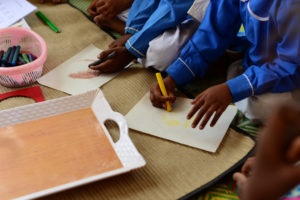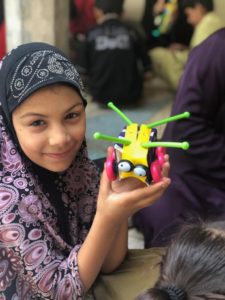by Malaika Kirkwood, Communications Volunteer

This year we celebrate 3 decades of the United Nations Convention on the Rights of the Child. Ratified in 1989, the UNCRC was a milestone in human history and development– establishing the first internationally recognized, legally binding statement on child rights. Now, thirty years after its inception, the UNCRC continues to be a guiding force for nations, as well as for the work of NGOS like our own.
At this juncture of 3 decades, it is important to step back, take stock and see how far we have measured up to the UNCRC and its original spirit. For us, much of the spirit is captured in the preamble, in which member states agree “Recognizing that the child, for the full and harmonious development of his or her personality, should grow up in a family environment, in an atmosphere of happiness, love and understanding.” This is the revolutionary aspect of the convention: children deserve more than the basic rights of survival, they deserve a childhood that is stable, structured, and full of joy.
The UNCRC acknowledges that a fulfilling childhood is not a luxury, but rather a right to which all humans, across all cultures, are entitled to – an idea that we at Cities for Children champion and work hard to protect.
Cities for Children and the CRC
Cities for Children is an organization grounded in a rights-based approach. Our foundations are based on careful study of the UNCRC and its application to the reality of children living in urban poverty – some of the most marginalized and vulnerable young people in the world. Specifically at Cities for Children, we center our mission of protecting the “right to a childhood” in three fundamental rights of the child— the right to read, play, and feel safe. We drew upon multiple articles of the CRC in framing our mission, and chose our three strands of work due to their domino-effect in improving childhood across all measures.
The Right to Read – and More

A lack of education is associated with social exclusion and the reinforcement of inequalities and disadvantage. Article 28 establishes the right to education for every child, and we consider the right to read as a necessity for opening up future life choices and opportunity.
However, we also consider education and “the right to read” to mean more than essential literacy and numeracy – it is a means of broadening horizons and discovering potential. The kind of education that children are entitled to is specified in Article 29:
States Parties agree that the education of the child shall be directed to: (a) The development of the child’s personality, talents and mental and physical abilities to their fullest potential…(c) The development of respect for the child’s parents, his or her own cultural identity, language and values…for civilizations different from his or her own; (d) The preparation of the child for responsible life in a free society… (e) The development of respect for the natural environment (Article 29)
That’s why we work on improving the quality of what is offered in spaces of learning, by providing opportunities to explore talents and reinforcing positive values.
The Right to Play

“Parties recognize the right of the child to rest and leisure, to engage in play and recreational activities appropriate to the age of the child and to participate freely in cultural life and the arts.” – Article 31
We feel it is appropriate to give extra attention to advocating the right to play because it is not always prioritized in a world where millions of children lack the most basic of human rights and endure immense hardship. In reality, it is times like these where play is most important. As is stated in the UNCHR PSS MANUAL, “In times of conflict, post-conflict and emergencies, sport, recreation and play can provide children and adolescents with a sense of hope and normalcy”. Furthermore, the happiness and hope that is bred by play can improve resilience to bear and overcome obstacles. This understanding is at the core of our Hansti Basti (Happy Hoods) projects, which provide an environment in which children feel safe, experience joy, and undertake activities improving their relationship with adults, their peers, and even themselves.
Engaging in play helps children develop competencies relevant to navigating through the world and improving quality of life. Undirected play allows children to learn how to work in groups, to share, to negotiate, to resolve conflicts, and to learn self-advocacy skills. Child-led play also allows children to practice decision-making skills, exercise control over their situation, and explore areas or passions they wish to pursue.
The Right to Feel Safe
“States Parties recognize the right of every child to a standard of living adequate for the child’s physical, mental, spiritual, moral and social development.”- Article 27
Our work can be considered unique for the emphasis which it places on mental health and wellbeing for street-connected children. For us, the right to feel safe goes beyond physical safety, and includes the safety that a child feels in voicing their thoughts, exploring their passions, and finding their identity. In the past we have worked to connect mental health professionals with teachers in non-formal schools, building their capacity to address challenges like behavioral and learning difficulties for children in slum settlements. We plan to build on this in our future work, and forge these essential connections for under-resourced organisations to offer better psychosocial support to children at risk.
Conclusion
The UNCRC states that childhood is entitled to “special assistance” and protections. It is our mission to protect the fragile experience of childhood for children who are often forced to grow up far too quickly. It is only by giving children and young people safe spaces to explore their full potential as individuals with agency, can we aspire to create a better world.
